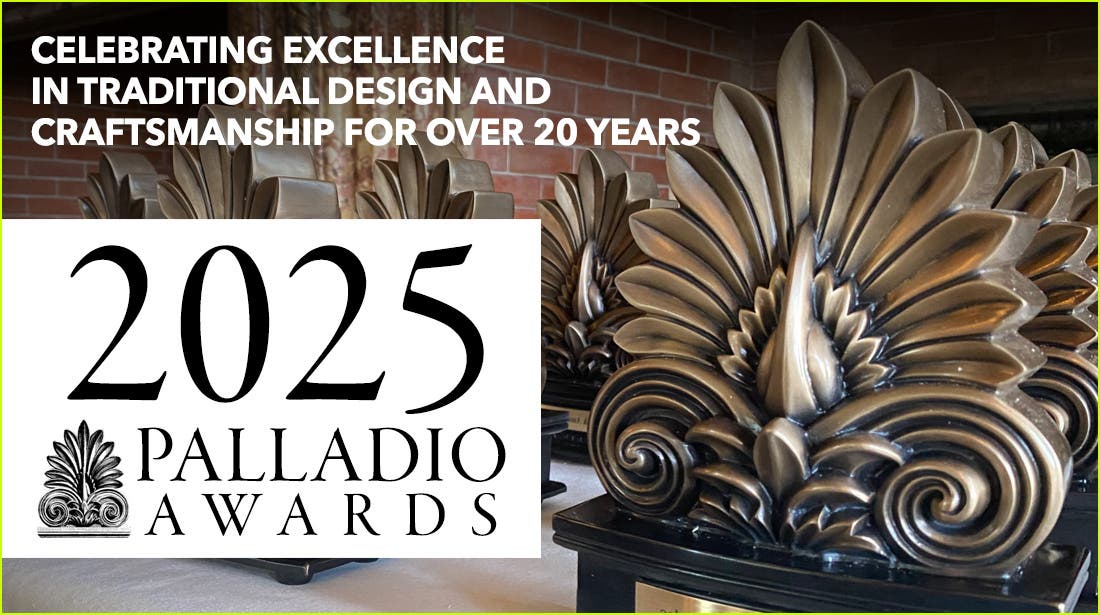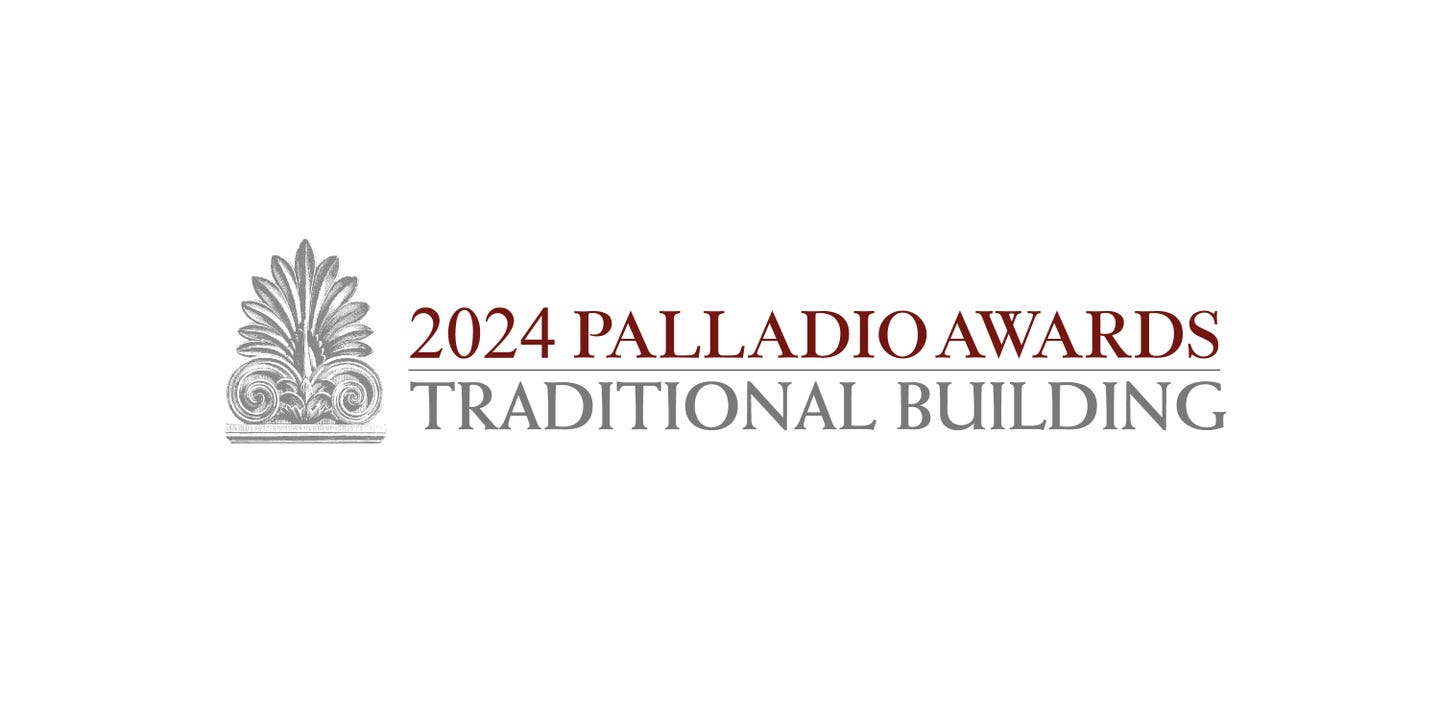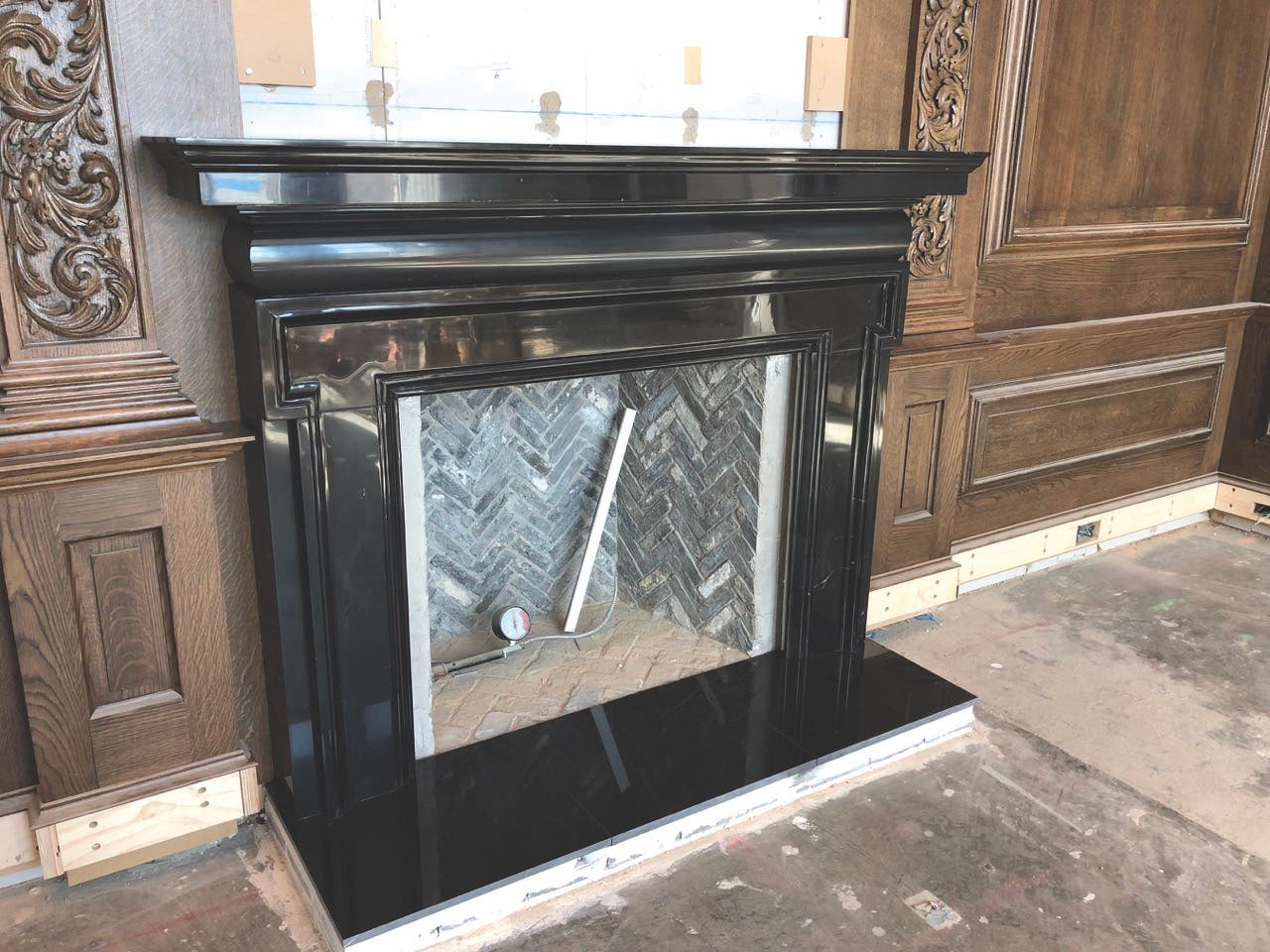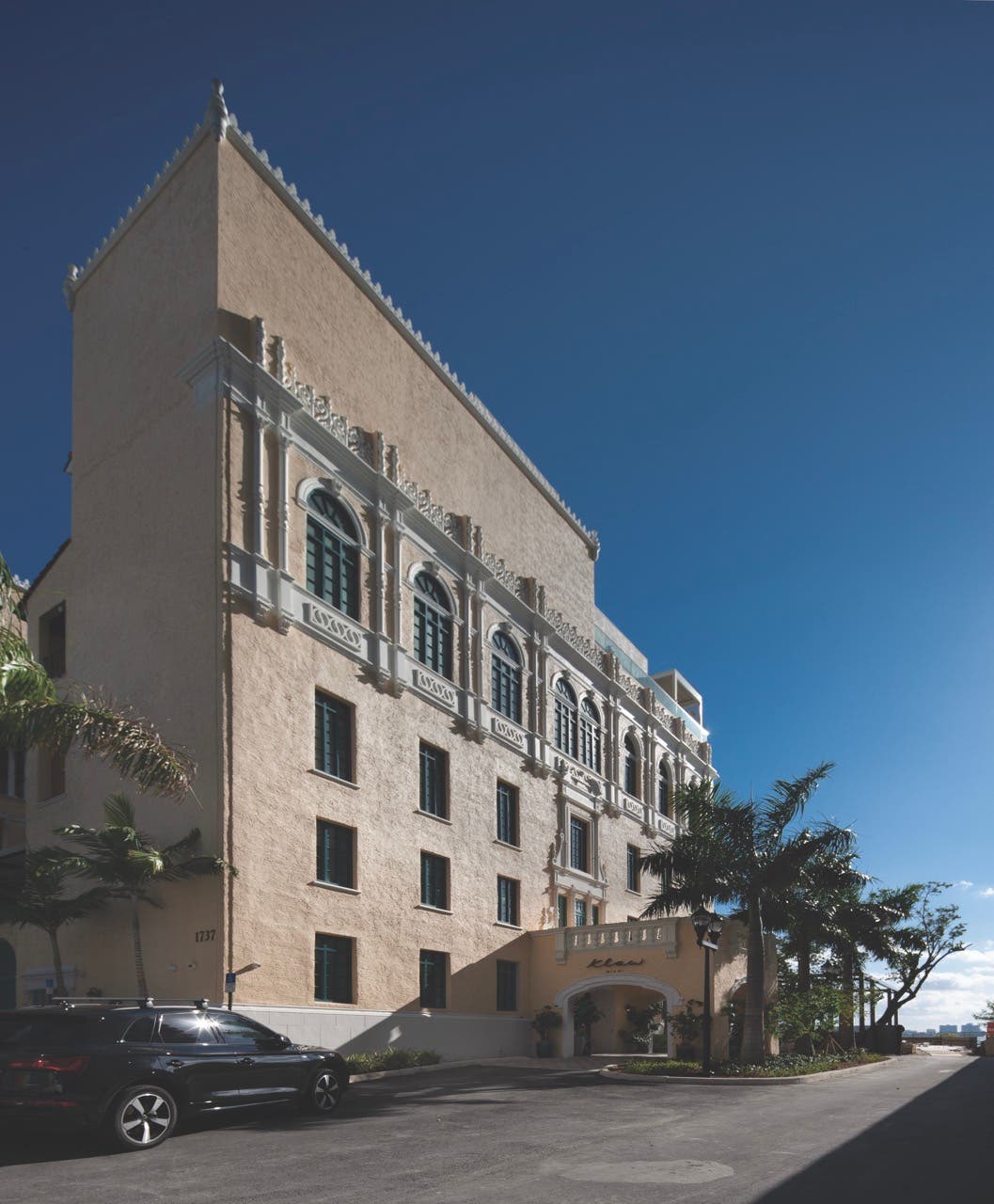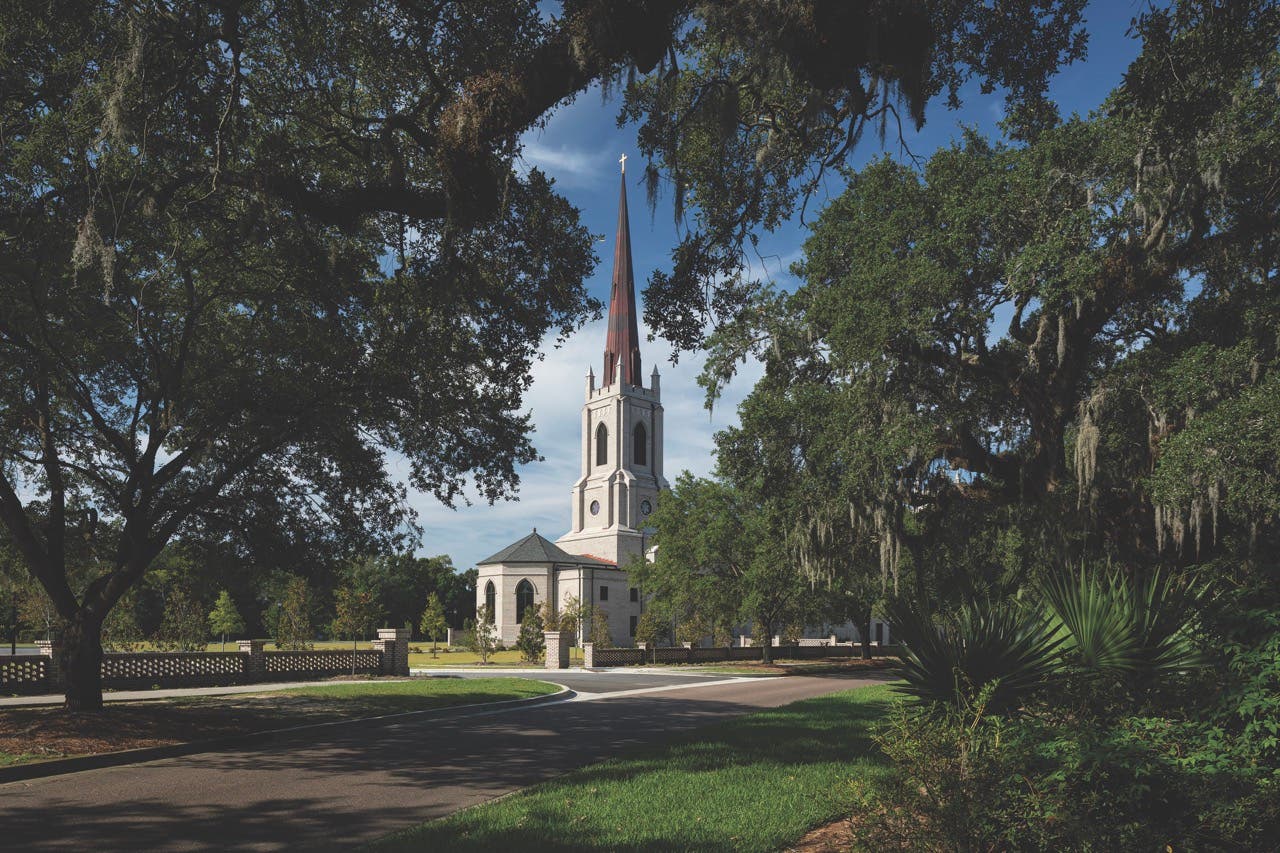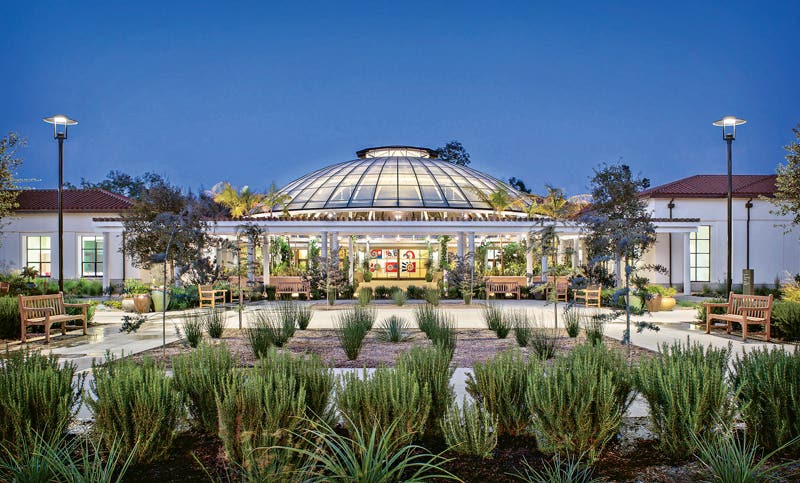
Palladio Awards 2016
Architectural Resources Group’s New Center At The Huntington
2016 Palladio Awards Winner
Public Spaces, Parks, Gardens, Streetscapes
Winner: Architectural Resources Group, Pasadena, CA
PROJECT: Steven S. Koblik Education and Visitor Center, The Huntington Library, Art Collections and Botanical Gardens, San Marino, CA
Architect:Architectural Resources Group, Pasadena, CA; Stephen J. Farneth, FAIA, LEED AP, Principal in Charge; James McLane, AIA, LEED AP, Project Manager; Ashley Powell, Justine Leong, AIA, LEED AP BD+C, Mike Lovato, Design Associates.
Landscape Architect: Office of Cheryl Barton, San Francisco, CA; Cheryl Barton, FASLA, FAAR, Principal in Charge; Paul Sieron, Project Manager
General Contractor: Matt Construction, Santa Fe Springs, CA; Jim Muenzer, Sr. Vice President
KEY SUPPLIERS
Precast Concrete: Quick Crete Products Corp., Sun Valley, CA
Clay Tile Roofing: MCA, Corona, CA
Windows: Metal Window Corp., South Gate, CA
Steven S. Koblik made many significant improvements in his 14 years as president of The Huntington in San Marino, CA, but none was more notable than the new Education and Visitor Center that bears his name. Completed in May, 2015, just about the time Koblik retired, the new eight-acre center acts as an entry to the historic 200-acre Huntington Library, Art Collections and Botanical Gardens in San Marino, CA. It consists of a series of buildings (100,000-sq.ft. including 40,000-sq.ft. under grade) and related outdoor spaces and gardens.
It all started in 1910 with Henry Huntington’s classical Gilded-Age mansion designed by Myron Hunt and the adjacent 1919 library, also designed by Hunt. Some of the other existing historic outbuildings at The Huntington include a billiard and bowling building adjacent to the main house that is now a tea house, a garage that is now an art gallery, and a mausoleum designed by John Russell Pope, said to be a precursor to the Jefferson Memorial. Over the years, Huntington and his wife amassed a vast collection of books and art and developed the various gardens, which they left to a foundation created on Henry Huntington’s death in 1927. When Koblik arrived in 2001, his first project as president was to update the existing buildings. His last was the addition of the new entry area.
The two primary firms called in to design the new entry area were Architectural Resources Group (ARG) of Pasadena, CA, known for its historic preservation work, and landscape architecture firm Office of Cheryl Barton of San Francisco. The project was made possible by a generous gift from Charles Munger, who had also previously donated funds for the Munger Research Center, which faces the new entry area.
“The estate landscape was tied together with gardens, but it didn’t have a great front door or facilities for education, service and retail,” notes Stephen J. Farneth, FAIA, principal in charge, Architectural Resources Group. “That was the genesis of the program. It became quite a large square footage as originally conceived. Our guiding idea was that the character of the estate had to be preserved.”
This led the design team to break the program into several buildings rather than one large structure, and to separate these smaller structures with courtyards and outdoor spaces. “This broke down the scale of the buildings and created a lot of flexibility about how they can be used,” says Farneth.
Merging Buildings and Landscape
“The idea was to merge the buildings with the landscape and the gardens, and to create buildings that are classical in proportion, form and material, but that still read as contemporary,” he continues. “We wanted them [the buildings] to feel comfortable on the site, but not take a predominant role.”
Farneth worked closely with landscape architect Cheryl Barton on the project. “Our initial thinking when competing for the project was that it should be buildings within a garden, rather than a garden with buildings,” says Barton.
While the buildings and garden framework – the allée, courts, hedge ‘rooms’ and walks – are classical in style, the garden plantings are not. “It is a wild, painterly California Garden,” she explains. “Hedges and trees provide a structure, but the smaller plant materials are much more informal. The garden is a playful ‘plein-air’ tapestry within a tree-lined, geometric hardscape.”
She notes that the horticulture is intended to be adaptive to future climate conditions. Plantings are a ‘polyculture’ of species from Mediterranean environments around the world – South Africa, Chile, Italy and Spain, as well as California – that will adapt to the warming environment of southern California. Other sustainable strategies included the installation of mature specimen trees to provide immediate shade, selection of paving materials that reduce glare and heat reflection, and the minimal use of water in two recirculating water features.
The result is a series of nine buildings connected by outdoor areas. The buildings are: ticketing, coffee shop, a 5,000-sq.ft. gift shop, a 400-seat auditorium, classrooms, a 5,000-sq.ft. multi-purpose building, a boardroom with courtyard, a dining/kitchen building with a terrace with outdoor/indoor seating for 300, and below-grade construction for storage for the library and art collections. Loggia, courtyards and gardens connect the buildings and create options for visitors to walk to different areas. These include the Entry Grove, a Central Garden, the Garden Court covered with a 36-ft. high dome, the South Garden, as well as the Dining Terrace, the Boardroom courtyard, the Education Court, and a patio off the auditorium. “The buildings go inside and outside; they are integrated with the landscape design,” says Farneth. “The landscape views,” Barton adds, “are designed to frame the architectural and natural elements of the site’s context, including the original Huntington residence and San Gabriel Mountains.”
The Education and Visitor Center is essentially divided into three areas. The first is the Entry Grove with the ticketing building, the retail store and the visitor orientation. A central allée of olive trees leads the visitor to the Central Garden area with the domed Garden Court, the classroom building and the auditorium. The third section includes the boardroom (with courtyard) and the food service area with a surrounding terrace providing a view out over the Desert and Palm gardens and Henry Huntington’s mansion.
Under the education court is a full basement that houses additional storage for the library collections. A loading dock and elevator leading to this basement are located behind the kitchen.
Facilitating Movement at The Huntington
Farneth explains that on arrival, visitors walk from the reconfigured parking lot to the shaded Entry Grove for ticketing and information. From there, they can walk down the Central Garden to different areas within the Education and Visitor Center, or move directly into the various gardens in the 200-acre Huntington estate. For example, after ticketing, the visitor can head west toward the Stroll Garden and other gardens on the property, such as the Chinese and the Children’s gardens. Or, walking straight through the Central Garden leads to a historic pathway that goes toward the main library and mansion or to the Desert or Palm gardens. Visitors can come into the Education and Visitor Center for a lecture or for an event without going to the other areas of the estate.
“The whole project is about how to control movement. You can go to the visitor area for a lecture or to have lunch without buying a ticket to the Huntington areas,” Farneth explains. “From the moment you arrive, you always know where you are and you have a point of reference.”
He adds that in addition to being easy to navigate and being compatible to the existing historic structures, the combination of indoor and outdoor spaces in the new Education and Visitor Center contributes to energy efficiency. “Almost half the collection is underground, which makes it easier to manage the conditions. And the use of outdoor spaces for gathering and circulation greatly reduced the volume that was enclosed, so you have lower energy and construction costs. It was a win/win situation, and you can get from one space to another without getting rained on.”
The two-year, $48-million project was completed in 2015 and has been very well received. “We were looking to build new indoor/outdoor space that would do several things — properly greet and orient our visitors and members; accommodate our growing program of lectures and educational activities; and harmonize with the existing structures that inhabit this estate property,” says Susan Turner-Lowe, vice president for Communications and Marketing for The Huntington. “And what we got is so much more than the sum of its parts — it’s an astoundingly successful addition that both looks gorgeous and functions beautifully. The project was a triumph on all fronts, and our constituents — from visitors to members to volunteers, staff, scholars, and students — have been swooning over it ever since it opened last year.”



